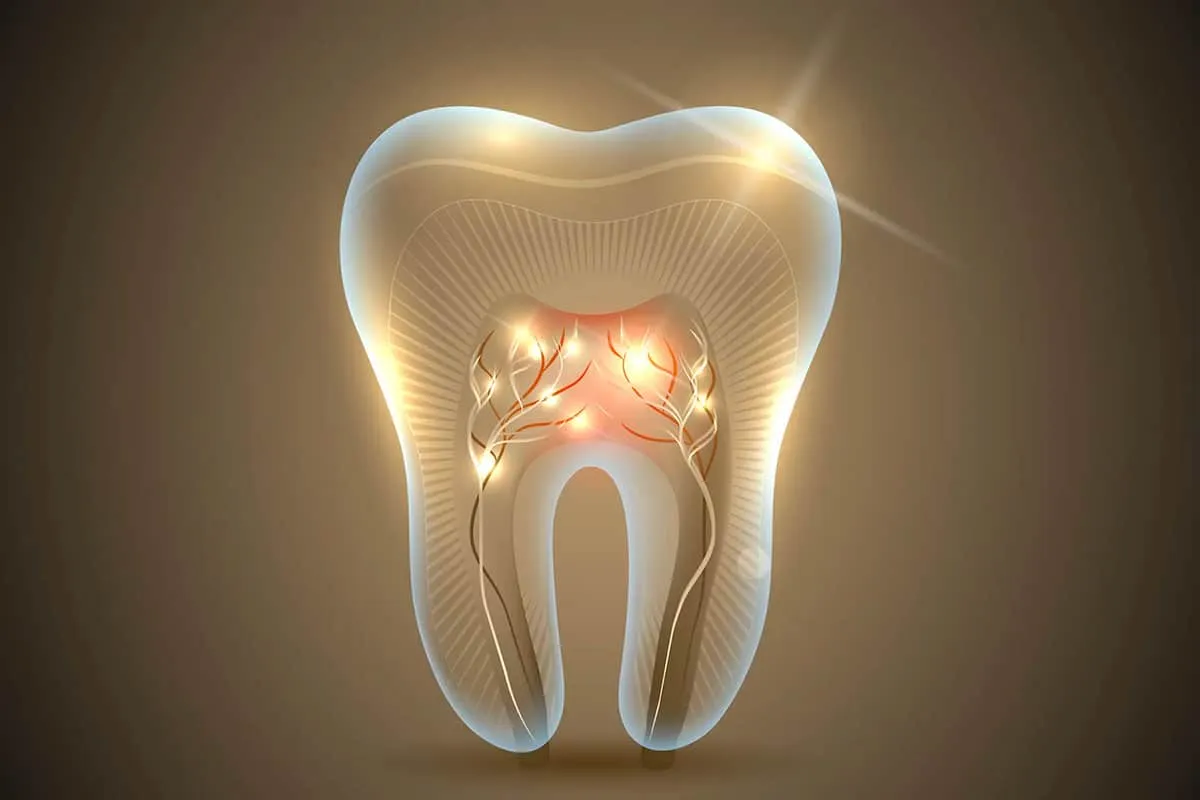The eyes are a reflection of the soul, but also of the body: observing our eyes is a great way to spot imbalances in the body in advance before they deteriorate and become more serious problems. In case you notice anything unusual in your eyes, a sudden change in the quality of your eyesight, do not hesitate to seek the advice of a doctor. Remember that prevention starts with ourselves and with observing what is happening inside and outside our bodies every day.
1. A white circular spot on the cornea.

This problem can occur in people who wear contact lenses on a daily basis: the white area visible on the eye is a sign of an infection of the cornea, caused by a micro-trauma that develops when the lens is inserted. lens. People who wear lenses past their expiration date or at night are at increased risk of infection, which, in the worst case, can lead to a corneal ulcer.
2. A white circle around the iris.

It is usually seen in the eyes of older people, however, if you are not too old it is advisable to have blood tests : a white circle around the iris of the eye indicates cholesterol levels and higher than normal triglycerides , which increases the risk of heart attack and stroke.
3. Red eyes

Red eyes are the result of a few hours of sleep, long hours of work, and general fatigue. However, if you notice that your eyes are too often red and for no apparent reason, a visit to the ophthalmologist is necessary: This may be a sign of increased intraocular (glaucoma) or intracranial pressure, or even diabetes. .
4. Colorless forms

Have you ever seen elongated shapes when you look at the sky or a white wall? It’s a phenomenon we are all familiar with, but if it happens on other occasions when the light is excessively bright , it could be a sign of retinal damage.
5. Involuntary tearing

Involuntary tearing is related to the state of dry eye: it is a form of defense of the body that tries to keep the eyeball moist by producing fluid in quantity. However, if the tearing is severe and lasting, it may signal the presence of facial nerve palsy, itself caused by infection.
6. Puffy and red eyes

The swelling of the eyes is often due to excessive fatigue, but it can also indicate an ongoing infection: in the latter case, there is usually localized pain and itching.
7. Yellow spot near the iris.

The pinguecula is a spot located on the eye, especially on the nasal surface. At first whitish, it evolves towards yellow: in elderly people, this is only a sign of aging, but the pinguecula can also be due to excessive exposure to UV rays. Anyone who spends a lot of time in the sun, and who is used to smoking, is very likely to develop this yellow spot which, however, does not affect vision in any way.
8. Yellow eyes.

Yellowing of the sclera (the white part of the eye) indicates decreased function of the liver and bile ducts. It is recommended to check for hepatitis, keeping in mind that this is a normal condition in older people.
9. Blurred vision.

Blurry vision is not only a sign of myopia but it is also a consequence of uncompensated diabetes . Fluctuations in blood sugar and above- average blood sugar levels cause vision problems, including locally or entirely disturbed vision.
10. Localized opacity

If you see some areas of the visual field that are opaque and blurry, you may be suffering from ophthalmic migraine : in this case, you will experience a severe headache and other visual disturbances.




Comments are closed.